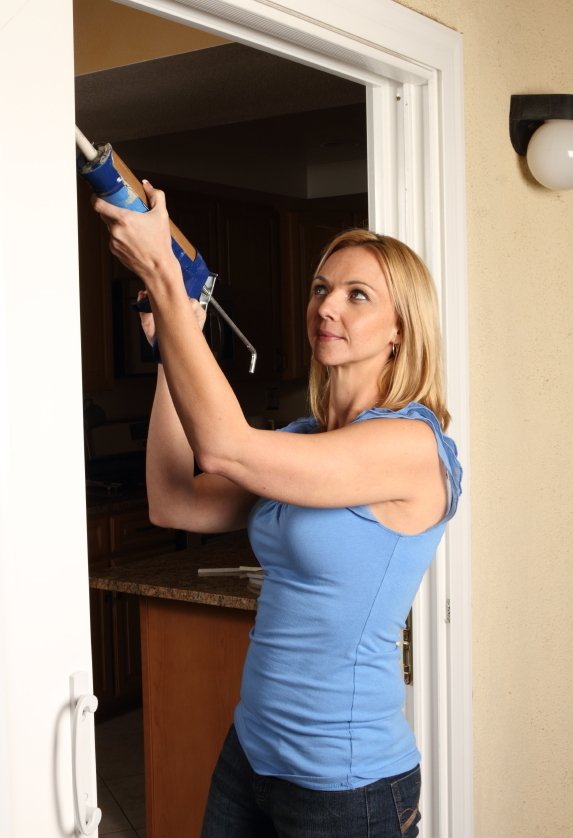How to Find and Seal Costly Air Leaks in Your Home
February 11, 2014

“Shut the door; you’re letting all the hot air in!” We’ve all shouted that at a family member from time to time. But, here’s a newsflash: you’re letting in more air from outside—and letting out air from inside—than you realize.
Not just your doors, but windows and other places, too. Your home has air leaks (drafts) that are costing you hundreds every year through higher energy bills
According to the U.S Department of Energy, “potential energy savings from reducing drafts in a home may range from 5% to 30% per year, and the home is generally much more comfortable afterward.”
Since the average homeowner spends about $2,200 heating and cooling their home (mostly cooling for Floridians), you could be losing up to $660 a year just from air leaks alone. So air leaks=big bucks lost and mega discomfort.
Well, let’s change that, shall we? We’ll give you a brief overview of how to find air leaks around your home and how to seal them.
Ready? Let’s go.
How to detect air leaks
First, let’s go over some of the common places air leaks in and out:
- Window and door frames
- Attic hatch
- Behind knee walls
- Wiring holes
- Plumbing vent
- Open soffit (the box that hides the recessed lights)
- Recessed lights
- Basement rim joists (where the foundation meets the wood framing)
Here’s a map of common air leak areas in a home.
Now that you know the common areas of air leaks, it’s time to see if there’s a draft. Here are some methods for doing that:
Visually inspect the areas. A gap may be obvious at first glance.
Bring a lit incense stick and pass it around the edges of common air leak areas. Do this while running exhaust fans that blow air outside (like a bathroom fan or clothes dryer). If the incense smoke waivers or is sucked out of or blown into the room, there's a draft. You can also wet your hand and put it over the air leak areas. You’ll find a draft when you feel the cool air on your hand.
Shut a dollar bill on a door or window. If you can pull it out without the dollar bill dragging, then you’re losing money.
Shine a flashlight at night over potential air gap areas while a partner looks from the other side. if your partner sees rays of light through large cracks, you have a draft.
You can also have a professional find the air leaks in your home as part of a whole-house energy audit.
How to seal air leaks
Once you’ve found your air leaks, you need to seal them. Your main tools of the trade are:
- Caulk
- Weather stripping
Caulk is a flexible material that comes in cartridges. You apply it with a half-barrel caulking gun. Use caulk to seal small 1-inch or smaller cracks, gaps, and joints around stationary building components and materials.
To find out the type of caulk you need, use this caulk buying guide from Lowe’s.
The U.S Department of Energy gives tips for applying caulk.
Weather stripping are strips that you’ll put between movable building components, such as doors, attic hatches and openable windows.
Use this U.S Department of Energy guide to choosing weather stripping.
Lowe’s offers tutorials on how to apply weather stripping:
Not the only leaks you need to worry about
There is another nasty internal air leak you need to be aware of—the air duct leak.
This leaks out air before it’s properly delivered to the rooms in your home, resulting in uneven cooling and higher energy bills.
Learn more about air duct leaks in this article: How You're Wasting 20% of The Money You Spend to Home.
Advanced Air has been serving Fort Myers and Naples, Florida, and the surrounding areas for over 25 years.
- Posted in:
- Air Conditioning

